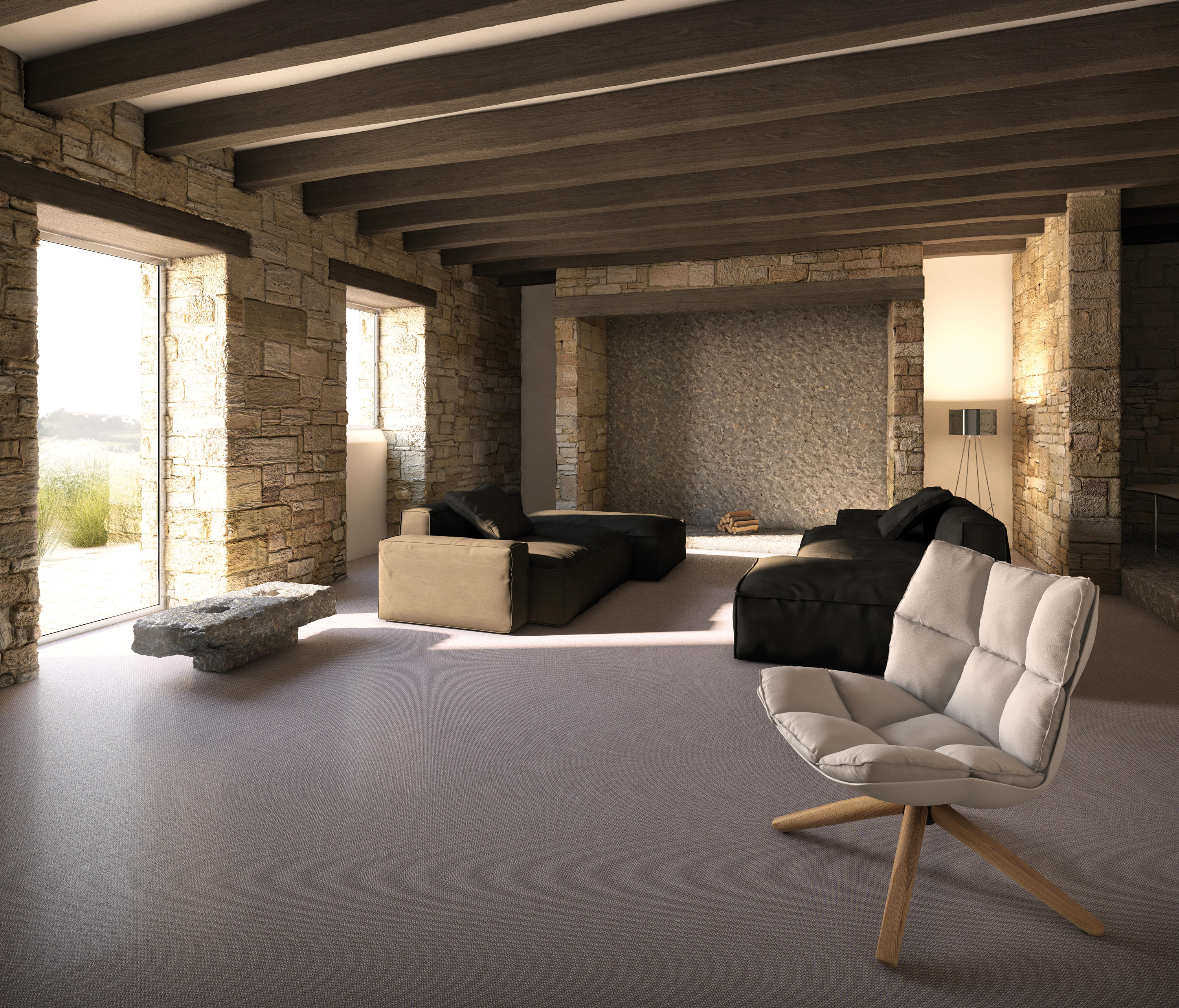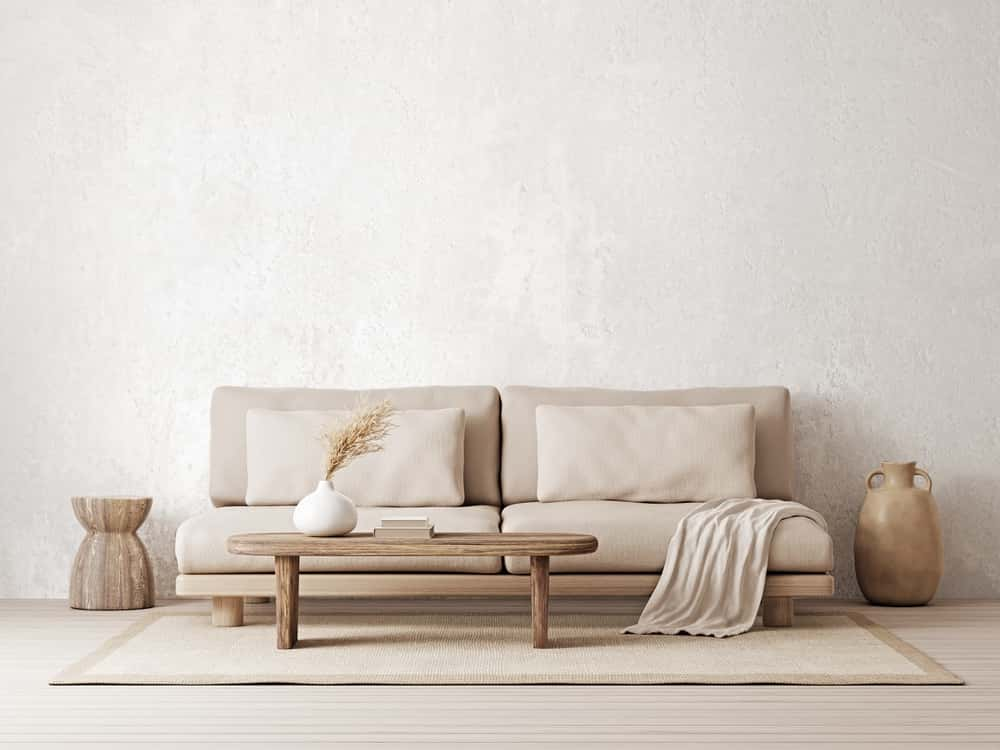Table Of Content

And while Japandi focuses on clean lines, natural materials, and a muted color palette, it often incorporates more modern and geometric elements than Wabi-Sabi. Wabi-Sabi, on the other hand, is often more rustic and organic, with a focus on the use of natural and weathered materials. They tell a story of time, showcasing a beautiful harmony of past and present.
In this Mumbai home, the allure of wabi-sabi is created through textures and colours - Architectural Digest India
In this Mumbai home, the allure of wabi-sabi is created through textures and colours.
Posted: Sat, 01 Jul 2023 07:00:00 GMT [source]
Collcoll hides stairs and seats in pixellated wooden structure at Pricefx office
Wabi-sabi design is a Japanese interior design philosophy that embraces both minimalism and the unique beauty of imperfection. Embrace wabi-sabi, a philosophy that celebrates nature’s beauty and imperfection, by transforming your bedroom into a serene sanctuary. Start with furniture crafted from natural materials, like a beautifully worn wooden bed frame or an antique chair, reflecting humble elegance.
ONE EMAIL. ONE STORY. EVERY WEEK. SIGN UP FOR THE VICE NEWSLETTER.
Wabi-Sabi is not just a design aesthetic; it’s a philosophical lens that invites us to embrace the beauty in the ‘imperfect, impermanent, and incomplete’. In the ever-evolving domain of interior design, Wabi-Sabi emerges as a breath of fresh air, urging us to pause and appreciate the unadorned elegance of our living spaces. Now, as your budding interior designer, I am brimming with excitement at the prospect of weaving the essence of Wabi-Sabi into your space. It’s more than just a design approach; it’s about creating a sanctuary that resonates with the authentic, simple, and beautiful rhythm of life.
Create Calm with Color
In this comprehensive guide, we'll take you through everything you need to know about Wabi-Sabi interior design, from its origins to the key elements of this design style. The sabi philosophy tells us that wear, tear, and age are all things that we should honor instead of dismiss. In your life and in your home, try to put this principle to work and make note of how an imperfection is just another way of making something special. Not only is it a more forgiving approach to interior style, it’s also a pathway to increased peace and serenity in all that you do. Lopsided plants, crumpled linens, and your toddler’s fingerprints on the wall are all right at home in a wabi-sabi interior.
How to Create a PetFriendly and Stylish Interior Design
The Secret to Sustainability in Design Isn’t Exactly What You’d Expect - Sunset
The Secret to Sustainability in Design Isn’t Exactly What You’d Expect.
Posted: Wed, 17 May 2023 07:00:00 GMT [source]
Wabi-sabi has its roots in Buddhism, when tea was ceremoniously served in handmade bowls that were prized in spite of any imperfections or irregularities. If they cracked, they were often repaired with gold or silver resin to celebrate their age and utility rather than to conceal their flaws. This gentle lighting will create a warm and inviting feel within your wabi-sabi interior.
Incorporating the wabi-sabi worldview into your interior design doesn’t have to be expensive. This philosophy is not about concealing daily routines but rather embracing them and highlighting the aesthetic value they bring to your surroundings. If you’re drawing a blank on your wabi-sabi theme, take a natural approach by using earth-toned furnishings and minimal treatment of timber to honor the wabi-sabi principles of simplicity and imperfection. Do you have cracks in your stoneware pottery, and a jute rug with slightly frayed edges?
How can I incorporate Wabi Sabi design in my living room?
So, let’s delve into wabi-sabi interior design and ideas that will help you curate a space that embodies this serene aesthetic. In wabi-sabi interiors, you’ll find muted, earthy tones like sage green, rusty orange, and stone gray, creating a calming and neutral palette for an anchored atmosphere. Zen design emphasizes minimalism, tranquility, and the use of similar natural materials, aligning with the Wabi Sabi appreciation for imperfection, aging, and patina. Handcrafted items, artisanal pieces, and furniture made from natural and raw materials are perfect embodiments of the Wabi Sabi philosophy.
In this lookbook, we collect eight interiors informed by the Japanese design philosophy of wabi-sabi, which celebrates imperfection and impermanence. "Bring nature inside by having lots of oversized windows with beautiful views of your garden, and incorporate hanging plants and greenery inside the house as well," Wijaya suggests. Externally, opt for organic shapes over super-manicured lawns—the way the mosses on this footpath are designed to grow around the stone naturally is a perfect example (and nothing short of genius). Yes, your home can be spotless and show restraint, but the furniture and decor can have an sense of charm (in this case, a small crack or patinated finish) in its outward beauty. With all of life's messes and changes, your space can grow with you instead of remaining picture-perfect.

Set on a family cattle farm in a Western Australia coastal town on the Margaret River, Bush House marries a single-plane roof with a prefabricated steel frame support structure. A rammed-earth wall carries through the house into the outdoors, melding with oiled plywood, anodized aluminum, and salvaged furniture. Put it in the garden (it’s weather-proof) or make it your nightstand; use it as a footstool, or as an altar for worshiping the troll deity of your choice.
Handmade items similarly honor imperfection and natural flaws as embodiments of Wabi-Sabi wisdom. Their delicacy and subtle irregularities bring personal resonance and tranquil beauty to a living space. The Japanese philosophy of Wabi-Sabi offers a unique perspective on beauty and design that celebrates authenticity, imperfection, and aging. This ancient aesthetic is transforming contemporary interior design, encouraging a mindset that finds beauty in impermanence and flaws. Wabi-sabi leads the way, highlighting imperfection, organic shapes, and a natural ambiance.
From there, she began her career as a publicist for Gryphon House publishers, creating publicity campaigns for early childhood education books. As a writer, she has worked with branding campaigns, non-profits, and lifestyle publications. Look for crafters markets, local artisans, and online marketplaces to discover handcrafted Wabi Sabi pieces that resonate with your style. Wabi-sabi adopts the idea that things are imperfect, that nothing is permanent, and that’s the idea one should ideally view the world with.
Use muted earth tones such as beige, taupe, and gray to create a calming atmosphere. When we consider the use of natural materials, you might think it’s only limited to wood. However, you can also ace your wabi-sabi interior design with cool stone tiles too. This Woodlands condo draws a parallel between the various types of natural materials you can use in wabi-sabi design.
Here, the store’s owners reside in a two-story space brought to life by Studio Junction. A courtyard spills into the living room and open kitchen and dining area, and translucent shoji-style screens provide privacy. Oak shelves, soap-treated Douglas fir floors, a custom hinoki soaking tub, and a soapstone bowl in place of the kitchen sink are all thoughtful, subtle details. In the realm of wabi-sabi, your space should be personal, inviting, and above all, a reflection of the beauty in everyday life.
The term wabi originally held heavy connotations of grief and loneliness, specifically related to unfulfilled dreams or desires. By the sixteenth century, the mindset evolved to seeing the beauty in impermanence and accepting the changes in life. Sabi developed from meaning an appreciation for the history of the things around us as their inner life ages. Sabi can also be defined as the transition or patina of age and the beauty in it. Today, the term wabi sabi is used to signify simple beauty and a "less is more" spirit.
When embarking on the design of a Wabi Sabi living room, it is essential to incorporate natural materials such as wood, stone, and organic fabrics like linen or cotton. These materials add warmth and authenticity, creating a cozy and inviting atmosphere. Consider earthen floors or carpeting in earth tones to create a grounding and cohesive look.

No comments:
Post a Comment